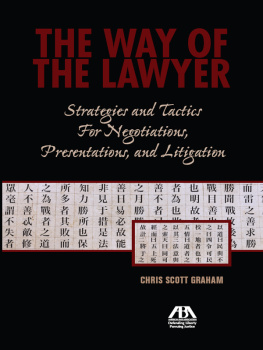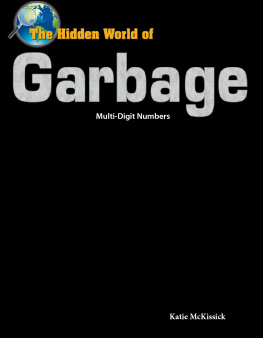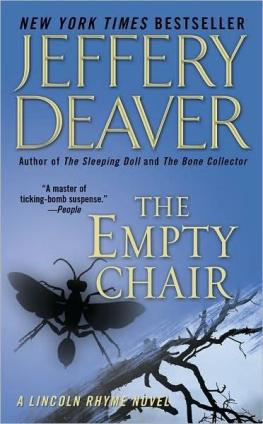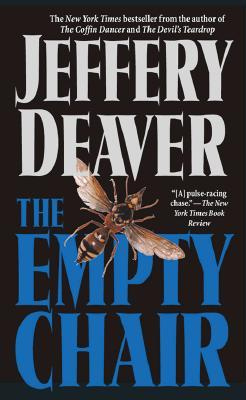Cover design by ABA Publishing.
The materials contained herein represent the opinions of the authors and editors and should not be construed to be the views or opinions of the law firms or companies with whom such persons are in partnership with, associated with, or employed by, nor of the American Bar Association or the unless adopted pursuant to the bylaws of the Association.
Nothing contained in this book is to be considered as the rendering of legal advice for specific cases, and readers are responsible for obtaining such advice from their own legal counsel. This book and any forms and agreements herein are intended for educational and informational purposes only.
2010 American Bar Association. All rights reserved. No part of this publication may be reproduced, stored in a retrieval system, or transmitted in any form or by any means, electronic, mechanical, photocopying, recording, or otherwise, without the prior written permission of the publisher. For permission contact the ABA Copyrights & Contracts Department, copyright@abanet.org or via fax at 312 9886030.
Graham, Chris Scott.
Presentations, and Litigation / Chris Scott Graham.
p. cm.
1. Discovery (Law)United States. 2. Pre-trial procedureUnited States.
3. Commercial lawUnited States. I.Title.
Acknowledgments
OVER A QUARTER CENTURY has passed since, as a freshly licensed attorney, I assisted a seasoned litigator as he negotiated a complicated transaction adjunct to settling a business dispute. A former deputy district attorney, although having moved his practice to the civil side, he came across as very focused and in total control. Watching him address the issues with seeming ease, I began to wonder whether I would ever have the ability to act as lead counsel representing a partys interests. There simply were too many subtleties in how the interactions with the opposing counsel were handled, and far too many issues that had little to do with any of the rules or principles of law that had been the focus of the last three years of law school, notwithstanding seemingly endless discussions of the intricacies of such substantive matters as the Rule in Shellys Case and the Statute of Quia Emptores.
One evening, after the negotiations had concluded for the day, we discussed at length some changes in the language used to memorialize one of the deal points that the parties had been able to resolve that afternoon. I stopped him, as he walked me through the strategy for dealing with that point, and asked how long it had taken him to learn all of the details applicable in negotiating this type of transaction. Sensing my impatience to know everything about the practice of law, he paused and with a smile responded I am still learning.
As we continued to talk into the evening he explained his view that, no matter what the profession, for the first five years one is fortunate if they have the opportunity to handle the exact same situation more than once or twice. True learning, he cautioned, is not the process of doing the exact same thing over and over until it becomes rote. Rather, the essence of learning is the process of developing the ability to handle unique situations as they arise. Although it takes time, after one has been exposed to a large enough variety of situations, patterns and trends emerge particularly as it relates to how people act and react to each other. Understanding how to use that information, more than the mere memorization of rules, is what allows one to be able to handle almost any new situation with some level of comfort and ability.
For the next five years, and then for twenty more after that, I looked for new and unique opportunities and was fortunate to find an abundance of both. Following the original advice, I watched how people acted in various situations, and how they reacted to various scenarios. I listened to their suggestions, and heard their excuses. And through those events I have had the opportunity to work with and against lawyers of amazing skill, as well as those who would do anything to win a case. I met clients who had an insightful understanding of litigation tactics, and represented many who did not care anything about the details of their cases. The judicial officers before whom I have appeared who number in the several dozens at least have included those who could balance compassion and wisdom better than Solomon, and others who could not seemingly balance a checkbook.
The material for this book did not simply spring forth like Athena from the forehead of Zeus, but is distilled from these interactions over time. At the risk of failing to acknowledge so many who have helped shape these thoughts over the course of a career, special consideration is due to the following people: Sam Cohen and Michael Kalkstein, true trial lawyers proverbial Lions Of The Courtroom who thought enough of my abilities to give me a chance to succeed; Bart Winokur, an outstanding leader with the ability both to articulate a strategic vision and then rally the troops towards that common purpose; the Honorable Judges Jack Komar (ret.), Jeremy Fogel and (Justice) Conrad Rushing, of the state, federal and appellate benches the models of intelligent justice; the late and great Marilyn Boswell, who believed in me from the start; Dr. Pesic, who provided opportunities and insights; Dr. Lyle Graham, who challenged me to reach deeper; and, most important, Suz, Leilani and Kai, always by my side.
One word of caution these concepts and suggestions are not meant as legal advice. Instead, the anecdotes and analysis in this work are offered as a means to illustrate various ideas and intended to generate different ways of looking at situations that can arise. Nothing in the book is meant to reflect a firm-wide policy or formal philosophy of Dechert LLP. They are solely my own observations and musing. Throughout this book first and third person fictional settings are sometimes used to provide context for the points being considered. Any resemblance to actual persons or events is purely coincidental, except where specific names are referenced.
INTRODUCTION
THE POTENTIAL for sustained conflict is an integral part of every aspect of human interaction. Since the dawn of civilization seemingly minor disagreements have blossomed into major disputes for a broad range of reasons too numerous to catalog. But whatever the cause of the conflict, all battles start where attempts to find common ground give way to the perceived need to use force as the means to further self-interest.
The ultimate expression of will through the use of force traces a complementary and intertwined path throughout history with precursive efforts at conciliation through the use of statecraft. From the earliest efforts to collaborate with others to provide food and shelter, to current protocols that delineate the highest arts of international diplomacy, the drive exists in an organized society to find ways to manage the nature and extent of conflict in a manner that minimizes the disruption and depletion of resources resulting from the use of force. Partly in recognition of the need to develop a philosophical approach that facilitates this effort, the ability to consolidate power and manage the allocation of resources through strength of arms becomes an incorporeal right denied to all but the government. Under this philosophy, possession no longer is nine tenths of the law.
In order to manage the nature of conflict in a manner that will not threaten the governments monopoly on the right to use its police and military power to resolve disputes, alternative political systems are developed to satisfy a societys quest for balance and to dispense justice. Chief among these alternatives, where the disputes involve commercial or property rights and obligations, is an open and independent judiciary. However, even the most independent judicial system is still
















